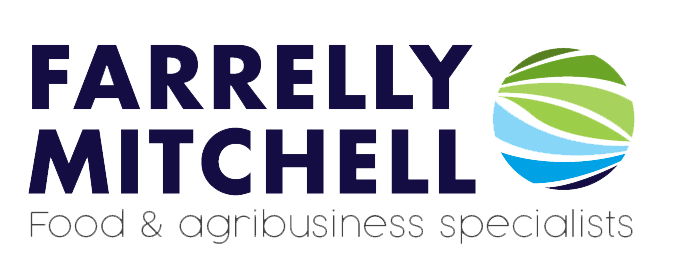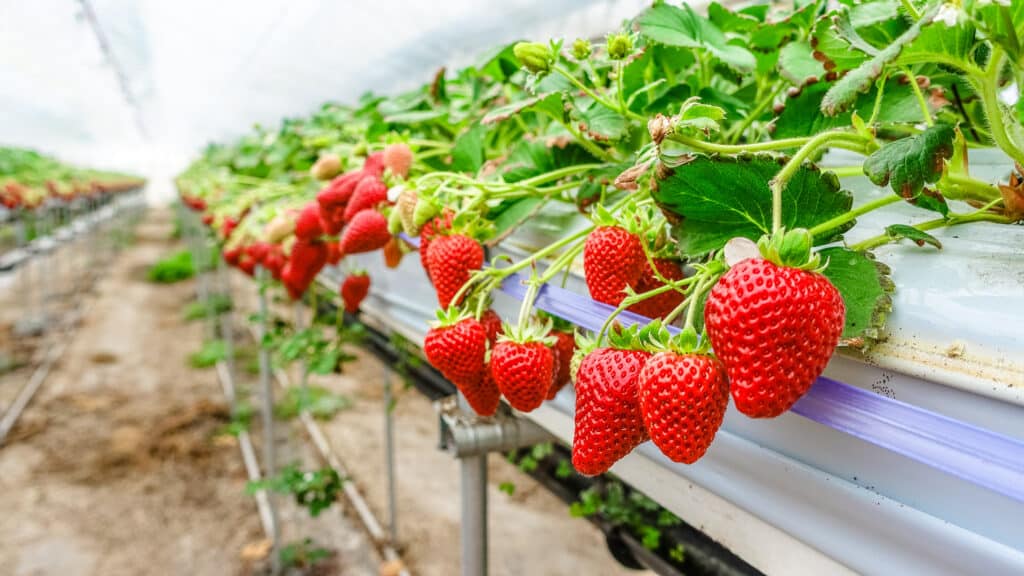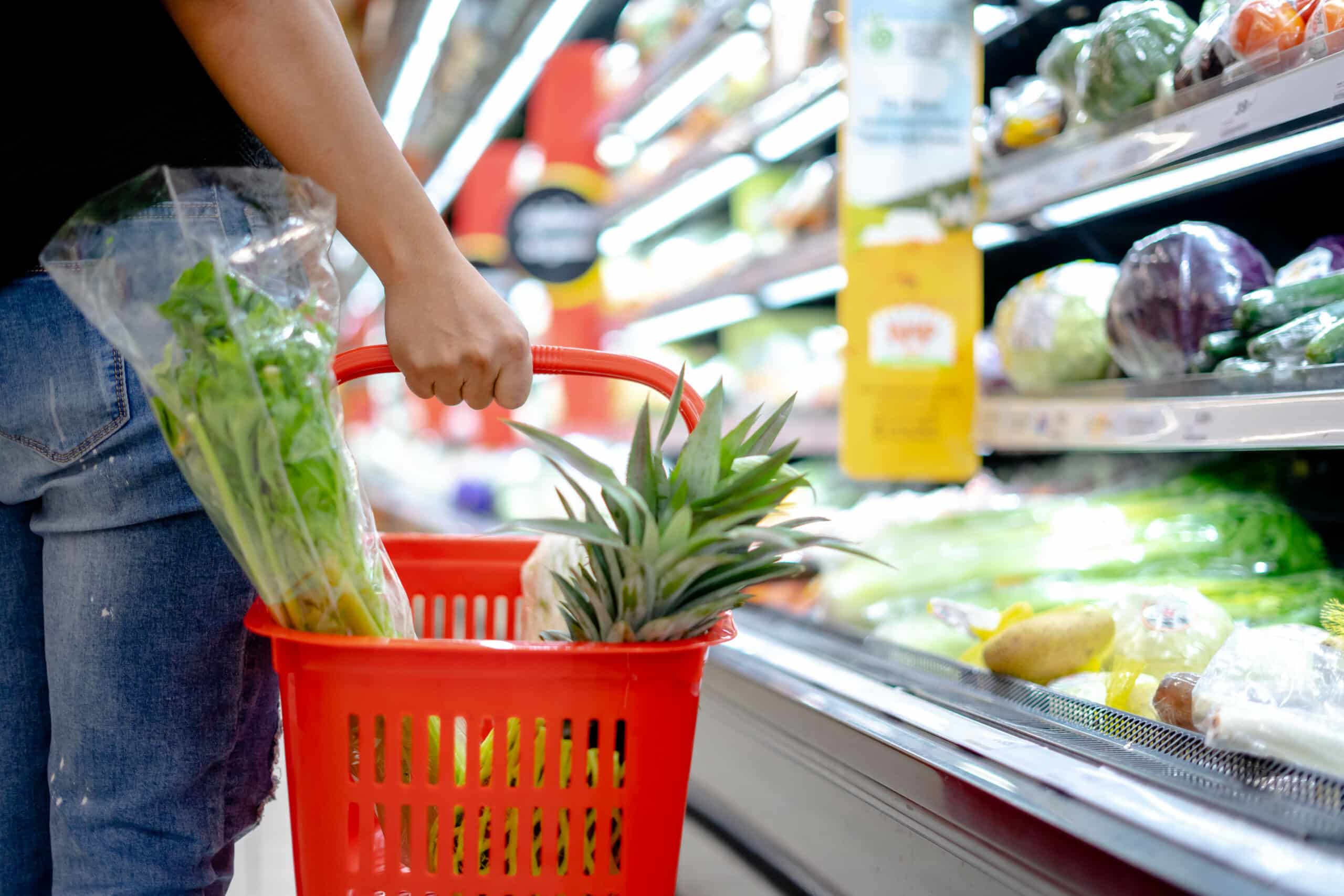Many of the consumer-driven changes shaping the food industry in recent years are now being accelerated by the impact of the coronavirus. The food sector will need to work in sympathy with powerful societal forces in order to survive and thrive.
Companies who have been ethical and environmentally and socially mindful about how they make food, sell it and deliver it are set to benefit from consumer behaviour that rewards those attitudes.
The biggest consumer behavioural changes centre around a growing awareness and emphasis on the link between food and health, economic inequality and the environment. That trend in consumption patterns has been apparent for quite some time but the pandemic is accelerating it.
Companies that show their practices reduce inequality will benefit from positive response from emerging and influential young consumer profiles.
Impact of the coronavirus and food industry response
The coronavirus is highlighting again how inefficient food industry storage and distribution and system-oriented gluttony, and the food waste issues that constantly recur reinforce inequality. Being seen to genuinely tackle societal problems in this way will land well with millennial tastes.
Meanwhile labour shortages at meatpacking plants caused by the virus have added to the momentum behind plant-based meat alternatives.
According to a University of Michigan study, a plant-based burger generates 90% less greenhouse gas emissions, requires 45% less energy, has 99% less impact on water scarcity, and 93% less impact on land use than a quarter pound of traditional US beef. Sales of meat alternatives like Beyond Meat have nearly tripled, according to Nielsen sales tracking reports.
Statistics like these show the way the wind is blowing and at the very least should point the direction for food companies in terms of developing lines to suit increasingly relevant consumer preferences.
The bottom line is that companies that do not incorporate social impact into their corporate missions will lose out. The public is watching not just how the coronavirus is being contained, but how the food and beverage industries are reacting.
How can food companies respond and improvise their business thinking and processes to match how the public are behaving? Here are three suggestions
1.Embrace social impact leadership in tandem with profit-making motive and attract employees, consumers, good publicity, innovative new products and a strong spiritual purpose.
- Look to provide healthier foods proven to be more sustainable. Environmentally conscious consumers are growing as a force and are likely to continue to opt for plant-based food options, knowing the environmental impact around meat production and consumption.
- Ensure good treatment of employees. This has increasingly come under the spotlight due to the virus. Consumers are more aware of cramped meat production lines and the impact on exhausted supermarket workers through social media. A more human and enlightened approach will register with an increasingly discerning consumer.
At Farrelly Mitchell, we frequently assess the potential for clients to adopt and align practices with sustainability trends through our feasibility studies and market studies.
For example, we have looked at the potential for poultry farms to harness nutrient-dense manure as an energy source. Biogas plants can be used as a sustainable energy source to generate power for the grid and/or for individual farming businesses.
The adoption of these types of sustainable waste management solutions can be used as an effective marketing tool to position the organisation as a “green business”.
This is but one example of how F&M routinely works with clients to find not only profitable and sustainable, but also environmentally sound solutions, that consistently look to lower food and agribusiness carbon footprint.
A threat as severe as the coronavirus might, in another era, have served to push ethical and responsible behaviours in the food industry down the list of priorities. But in these days of emerging, educated consumers, such issues are heightened.
In any case, corporates known to be positive on environmental practices are rewarded by the public in the modern era. The coronavirus serves to underline to the food industry and the entire food supply chain the value of a greener approach.
At Farrelly Mitchell, we believe that evolving consumer trends are as much as opportunity as they are a threat. Our consulting team deliver crucial commercial, technical, and market insights into the latest trends and demands to identify risks and adopt practices that are forward-thinking, profitable, and sustainable.
With our support you can align your operations with emerging sustainability and esg trends and carve out a truly unique competitive advantage. To leverage our comprehensive market intelligence and actionable feasibility studies, contact our team today.














